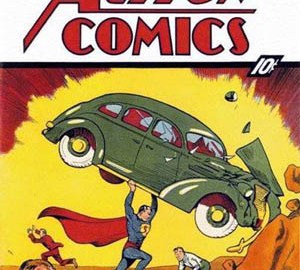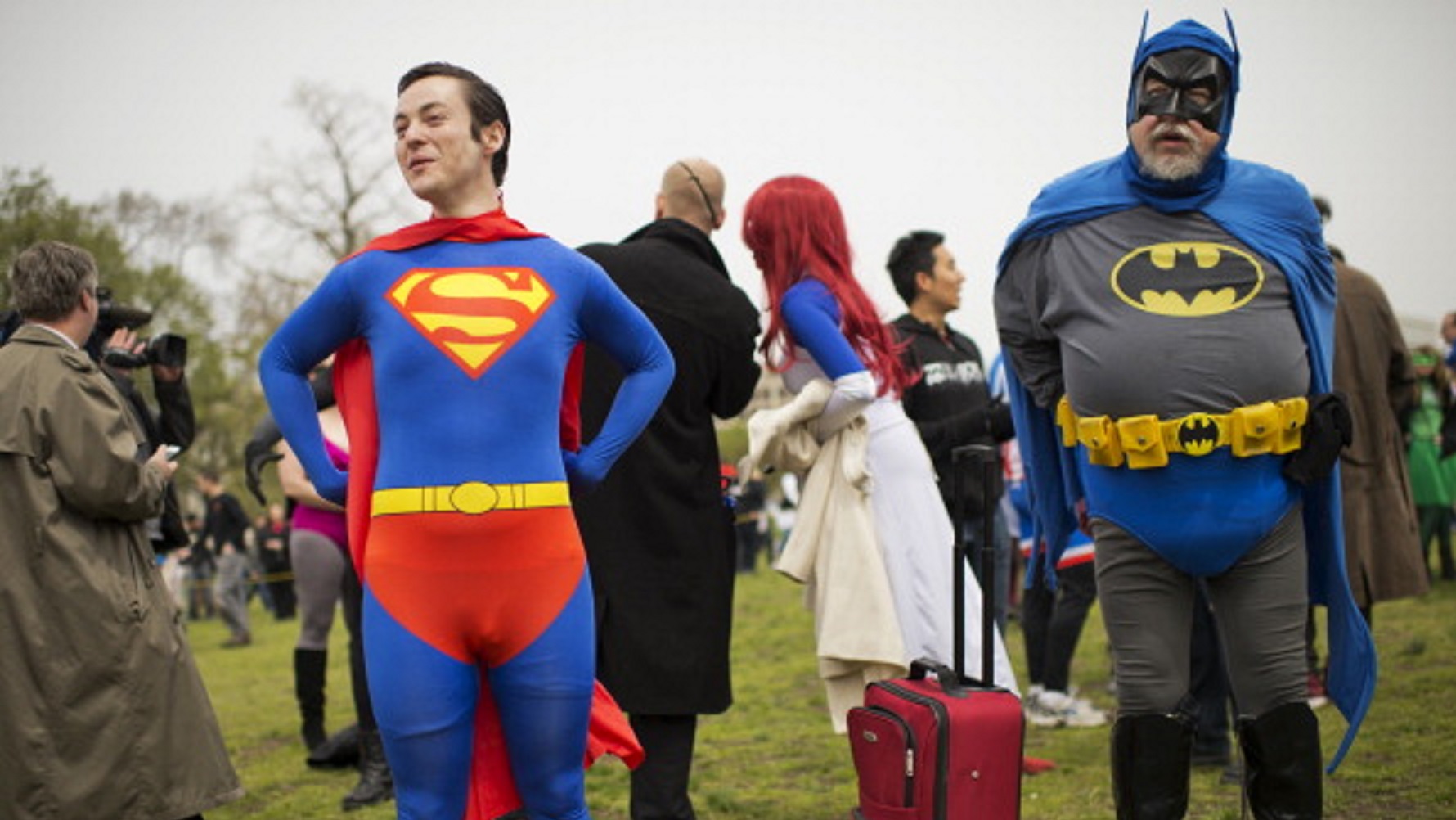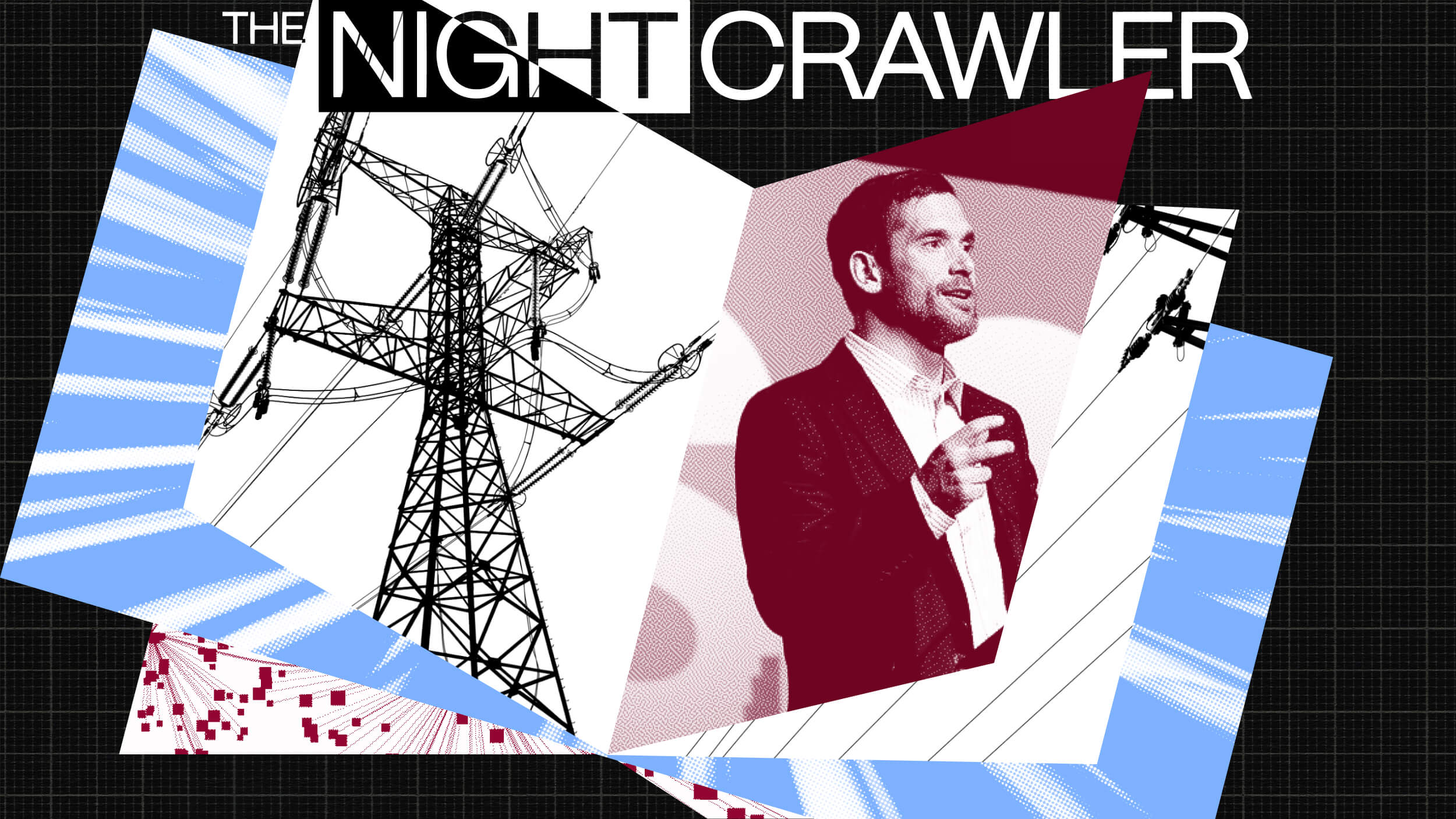Holy Investment, Batman!: Thoughts on Classic Comic Sales Records

As a kid, I loved my oversized reproduction of Action Comics #1, the June 1938 issue in which Superman, the first true superhero, burst onto the scene and changed the course of art and literature (seriously) forever. Considering the latest craze of collecting, that oversized reproduction, long ago read to smithereens, may be the closest I’ll ever get to the real thing. When someone is willing to pay $1.5 million for a pristine copy, as someone did on the auction website ComicConnect.com last week, it says to me that there’s more than simple collecting going on. In a modern art world in which the latest flavor seems to go sour overnight, perhaps the new Old Masters are the makers of the modern mythology of the superhero.
Since late February of this year, Superman and Batman sales have been leapfrogging one another for the record sales price. The Man of Steel set the bar at a cool million. Batman’s debut in May 1939’s Detective Comics #27 quickly garnered $75,000 more at auction just three days later. Now, the Last Son of Krypton has topped that in a big way. How long before the Dark Knight or some other hero tops Superman? Is this collecting craze just a symptom of a still-faltering economy and people looking for a safe investment?
I don’t see this as a pure investment strategy. There are plenty of other more stable avenues for investment than comic books, which have risen and fallen in value many times in the past, just like their brethren, baseball cards. I see the source of this new valuation in the characters themselves. Superman and Batman seem to be vying for the record title just as they were created to vie for a different title. When writer Jerry Siegel and artist Joe Shuster created Superman in 1932 (yes, it took 6 years to sell the concept), they tapped into the mythology of sunny Romanticism as well as flipped the Nietzsche-inspired but Nazi-twisted idea of the Ubermensch into a hero for the masses, including the Jewish masses standing on the edge of the incipient Holocaust. DC Comics finally gave Siegel and Shuster’s hero a chance and a legend was born. Looking to duplicate that success but not the hero himself, DC asked young Bob Kane to create a darker hero. Thus, Batman was born (with help from Bill Finger, now acknowledged as Batman’s co-creator). Superman and Batman thus serve as the yin and yang of the human soul, just as God and Satan, Krishna and Kali, Zeus and Hades, and so many others from world mythology had from the beginning of time.
I see this new wave of investment as a sign of a new kind of mythological literacy. In the nineteenth century, people knew the Bible like, well, the Bible, quoting chapter and verse and picking up allusions to obscure figures (“Call me Ishmael,” anyone?) the way that we today recognize obscure villains and heroes from the Marvel and DC universes. The universe of deities that once peopled the great art of the past has given way to these new gods (including Jack Kirby’s New Gods). Walk through any great museum today and watch people struggle with the mythological and religious allusions that once were second nature to viewers. The new second nature, for better or worse, may be the heroes of comic books. When even a second-tier hero such as Iron Man can catapult himself into our collective consciousness on the strength of one movie (soon to be two), we have to recognize that the power may lie in the mythology and not necessarily the characters themselves.
Or maybe I’m a comics-obsessed, overeducated adult who reads too much into a few, headline-grabbing sales. Time will tell. But the idea that museums will one day feature covers of Action Comics and Detective Comics on their walls alongside the Old Masters of the past doesn’t seem that outlandish any more.




